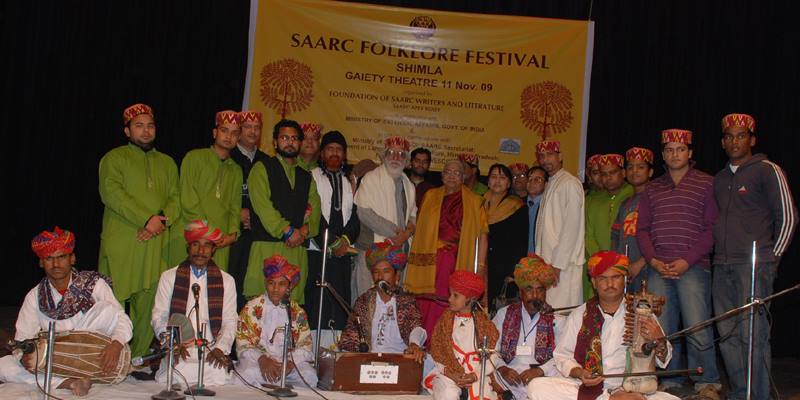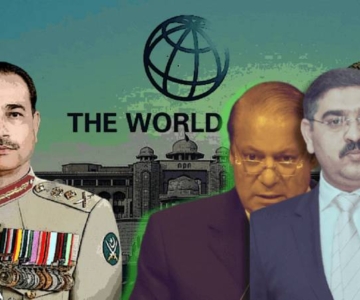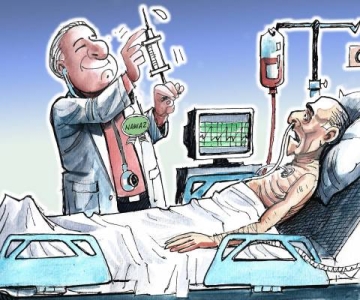I am posting Shivani Mohan’s article where I have been quoted with reference to the recent folklore festival held under the aegis of SAARC.
Another piece on the folk performances can be accessed here.
So it was at the recently concluded SAARC Folklore Festival. Writers, scholars and folklore artistes from eight SAARC countries — Afghanistan, India, Sri Lanka, Maldives and Bangladesh, Bhutan, Nepal, Pakistan- converged to Chandigarh for four days full of rapturous singing and dancing and discussing folklore.
The shared histories and sensibilities of the region bring a legacy of similar customs, mental orientation and social attitudes. These countries share languages, religions, lifestyles, costumes, cuisines, worldviews, customs and traditions.
The cultural roots of the SAARC region date back to the Indus Valley Civilisation. Of all the emotional linkages between the countries of this region, the folklore traditions comprising folk songs, fables, myths, rituals, dances and crafts have a marked affinity and homogeneity of themes and ethos. Yet each country brings to the melange a distinct identity of its own, a certain flavour and style, and just the right amount of exotica.
Folklore comprises indigenous songs and dances created by people over a period of time to teach its sacred legends to the next generation; to preach devotion and surrender to the almighty; and to love and celebrate. There are even songs of mourning, for our beautiful cultures have even celebrated death. Created by common folk and fakirs, Sufi saints and mystics, poets and artistes, or people belonging to nomadic tribes and clans, these song and dance rituals may not have acquired the status of classics or high literature, but they served a purpose in ancient societies.
They borrowed from the holy Quran, ancient texts and epics such as Ramayana and Mahabharata, but they also influenced classical literature. They often displayed a holistic approach to life and the universe.
Organised by FOSWAL (Foundation Of SAARC Writers and Literature), an Apex body of SAARC, the festival is one of the many initiatives towards celebrating the rich plurality, diversity and the creative fortitude of artistes and writers from the region. Over the years, SAARC’s role in South Asia’s political kerfuffle has diminished. But the cultural initiatives and accomplishments cannot be denied.
It was through the efforts of FOSWAL that writers from Pakistan set foot on Indian soil for the first time after Independence in 1987, and writers from India visited Pakistan in 2001. In 2000, two poets from Afghanistan participated in the SAARC writers Conference and sang their lyrical poems in Pushto and Dari. This participation culminated in Afghanistan becoming the eighth member of SAARC in 2007.
The SAARC Folklore Festival 2009 brought many hues of the region into one glittering chimera. When Mir Makhtoon, a singer from Afghanistan sings in Pushto, a language not understood in India, it takes not more than 30 seconds for the audience to connect. The song that he has especially written for the occasion has some references to how, as a singer he is honoured to be in the land of Lata, Rafi and Madan Mohan, showing the all encompassing quality of music and folklore. When a Baul singer Puran Das from West Bengal sings a devotional chant, delegates from Bangladesh go into a state of gratification and spiritual upliftment. When an Indian Punjabi folk singer Dolly Guleria belts out the ballad of ‘Sassi Punnu’ and’ Heer Ranjha’, Punjabis from across the border can’t help getting goose pimples.
During the academic seminar on ‘Intangible Heritage of the Region’, writer and editor from Pakistan, Dr Raza Rumi, points out that Sufis often made references to these romances in their writing to popularise the name of Allah amongst the masses. Another scholar talks of how in parts of Sindh there exists the practice of wrapping the holy Quran in colourful cloth and cradling it, the way Hindus worship the birth of Lord Krishna.
Our primitive societies had their own mores of synthesising proactive synergies between cultures. There are concerns that the way the present generation of school kids in Pakistan learn about their history starting primarily from the Mughal period, perhaps in an effort to sever any links with Indian history, whereas their history is much more ancient and rich. Culture after all, is like a river that flows and takes on new forms and endures the ravages of geography. But the ancient cultural knowledge of a people remains intact in the sub conscience of the mind and propagates through the socialisation units of family, neighbourhood gossip points, village and city through folklore.
Many of these folklore traditions are dying today. Rampant urbanisation, development and westernisation have ensured there are fewer takers for this hearsay no matter how authentic the stuff. There is also the burden of making both ends meet. Gulzar Ahmed, from Kashmir is an artiste who performs the Hafiz Nagma playing the female lead, dressed in colourful attire. His delicate features and creamy complexion could give any woman a run for her money.
There was a time when women performed this dance in Kashmir. But now, the closed oppressive atmosphere forbids women from performing. The money he earns from his craft is not enough. So he does hard physical labour for the greater part of the day only to practise the dance at night. When asked if he would teach his children this dance, he has not a moment’s hesitation. “Of course, it is something my forefathers have done for centuries. I don’t care if the money is less. My children will take on the tradition.”
His sentiments are echoed by the dancers of Sherdukpen tribe from Arunachal Pradesh who perform the breathtaking Yak Dance. They do farming for their livelihood, the dance providing a break from the monotony of their lives. The Malangs or whirling dervishes from Shah Hussain’s Mazar in Pakistan literally hypnotise the audience with their stamina and vigour.
In the end one just comes away realising that all these countries have the same issues facing them. Most of them fight a relentless war against a culture of guns and gore, a culture of secessionism and terrorism, infused initially by Western interests and now amply corroborated by local vested interests. There is a serious problem of lack of funds being allotted towards rehabilitating these artistes.
On the last day of the academic seminar, a speaker urged that taking the theme of the SAARC Journa, which is called Beyond Borders a step further, it is time the region thought beyond borders and beyond guns. Someone came up with a smart one,
“How about working beyond borders and beyond funds?”
Now if only we spent a little less on guns and weapons of mass destruction and more on these meaningful exchanges, a lot of the region’s and the world’s troubles would be a thing of history.
Shivani Mohan is an India-based writer. She can be reached at smshivanimohan@gmail.com



